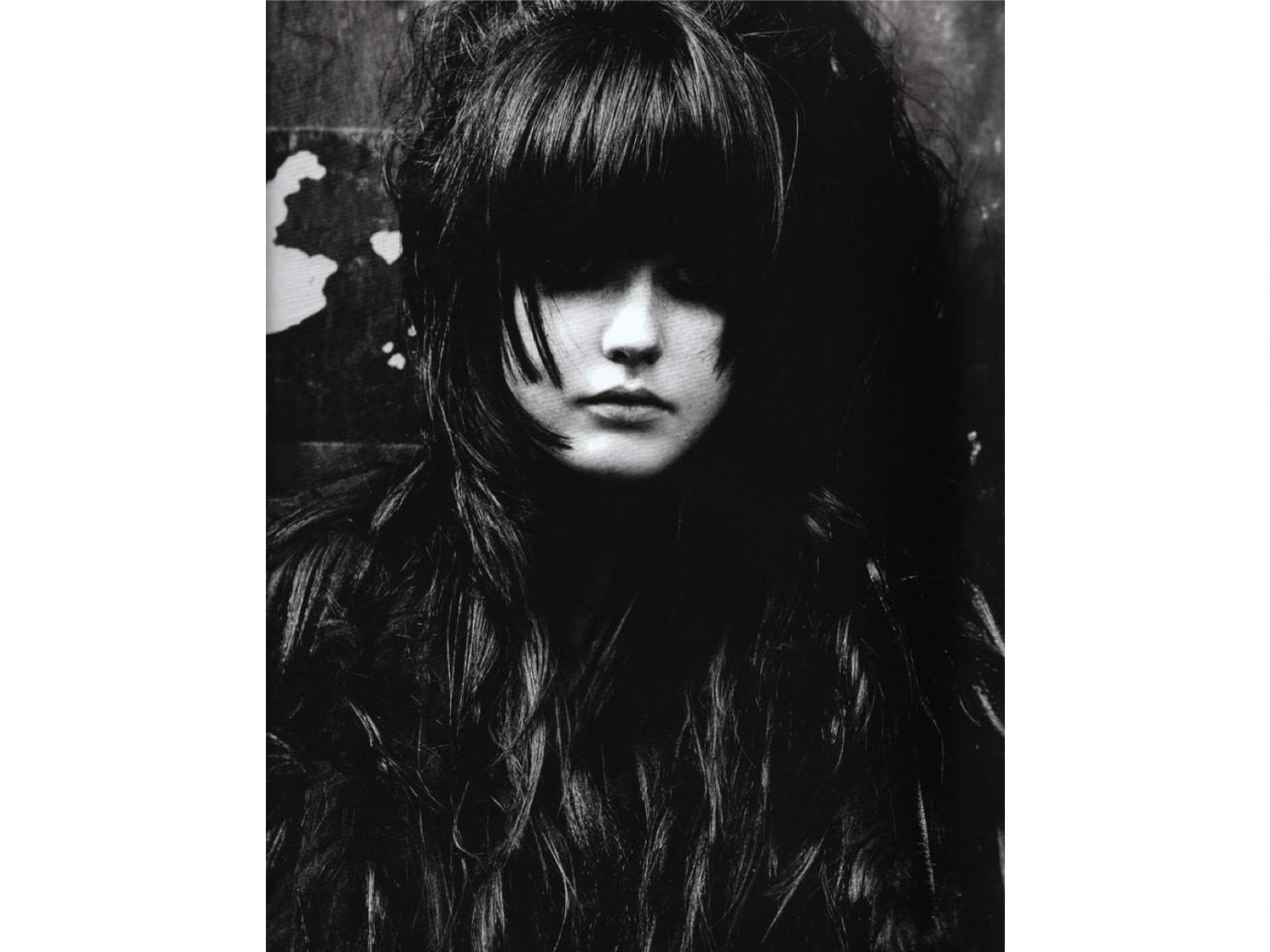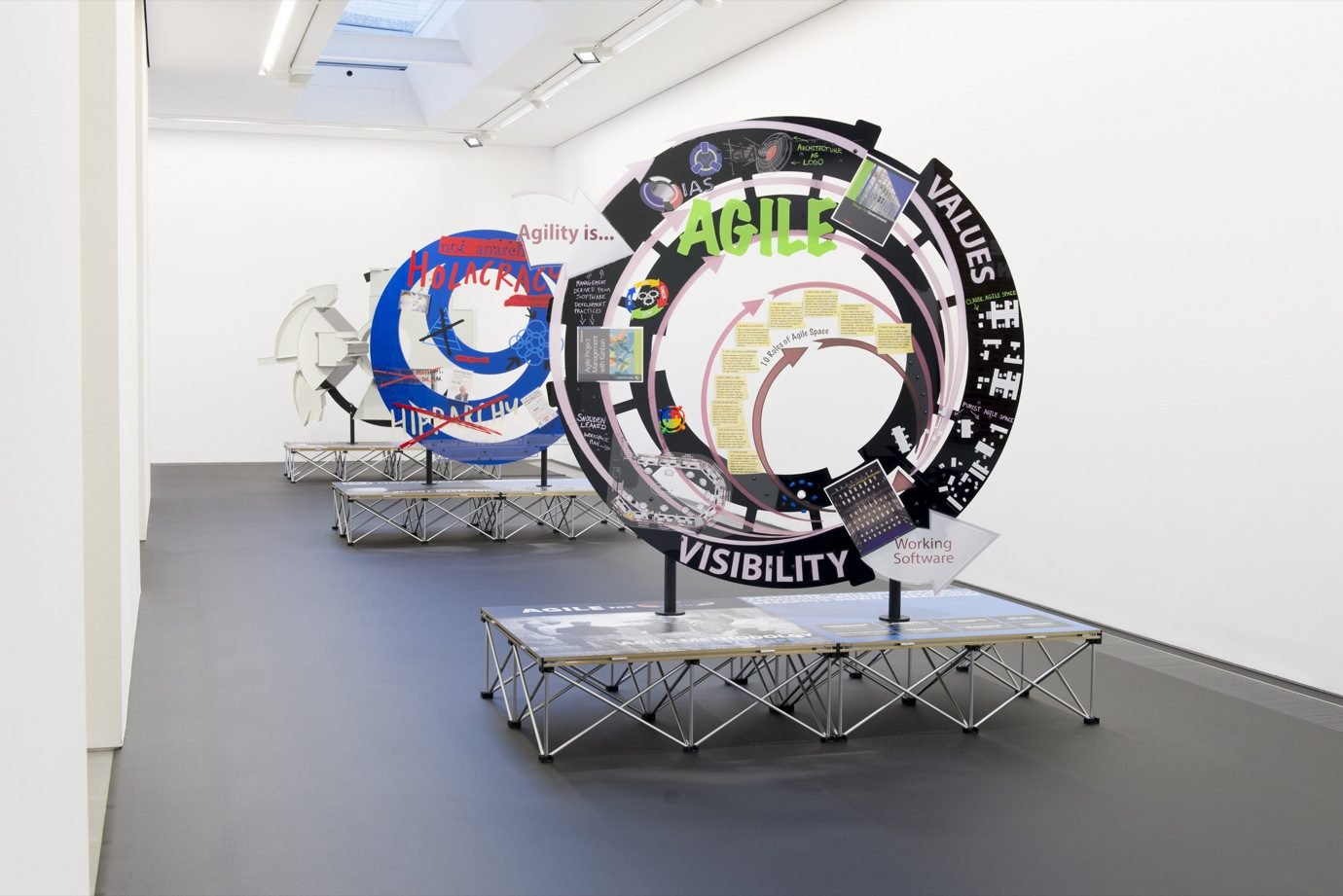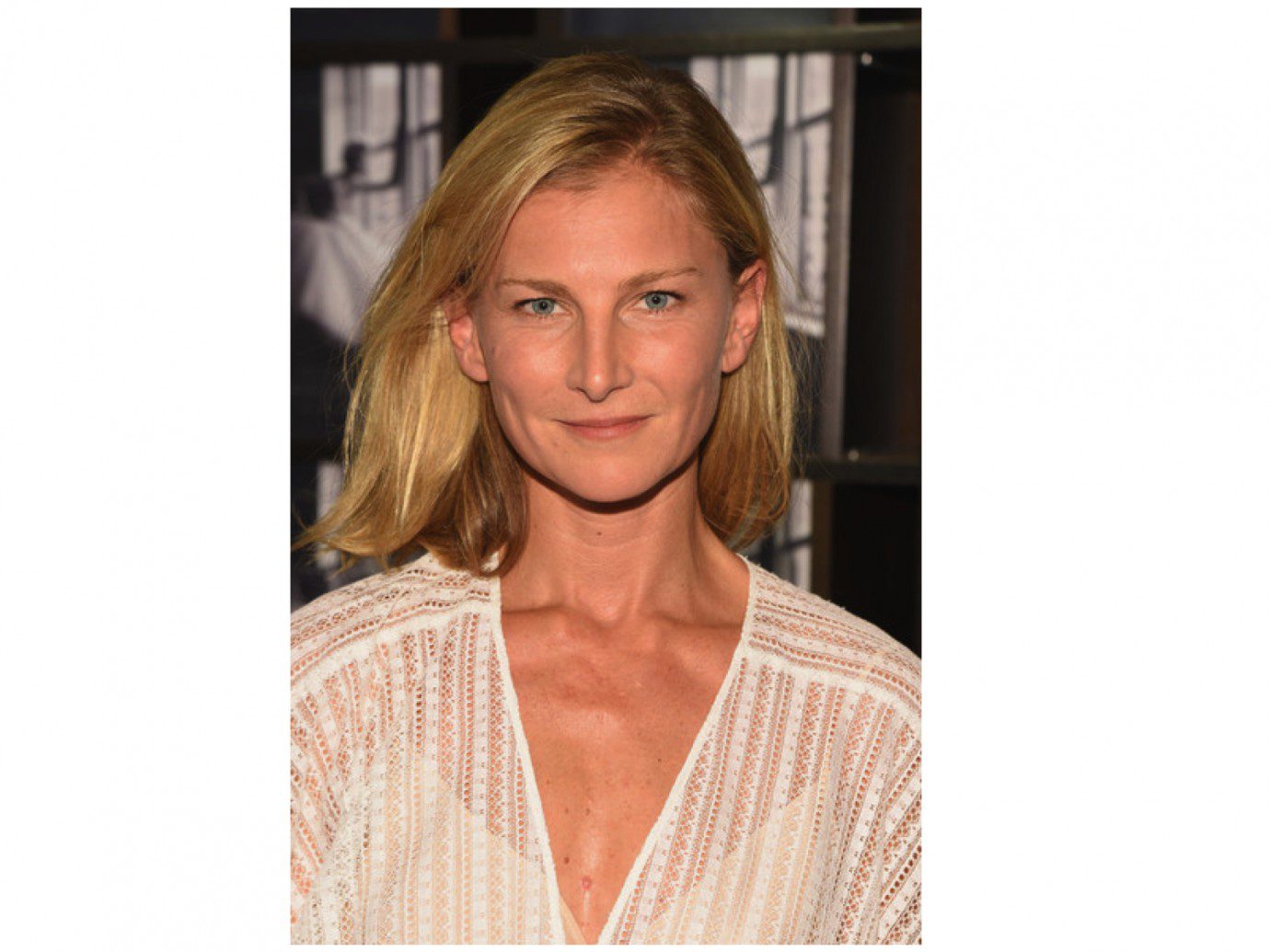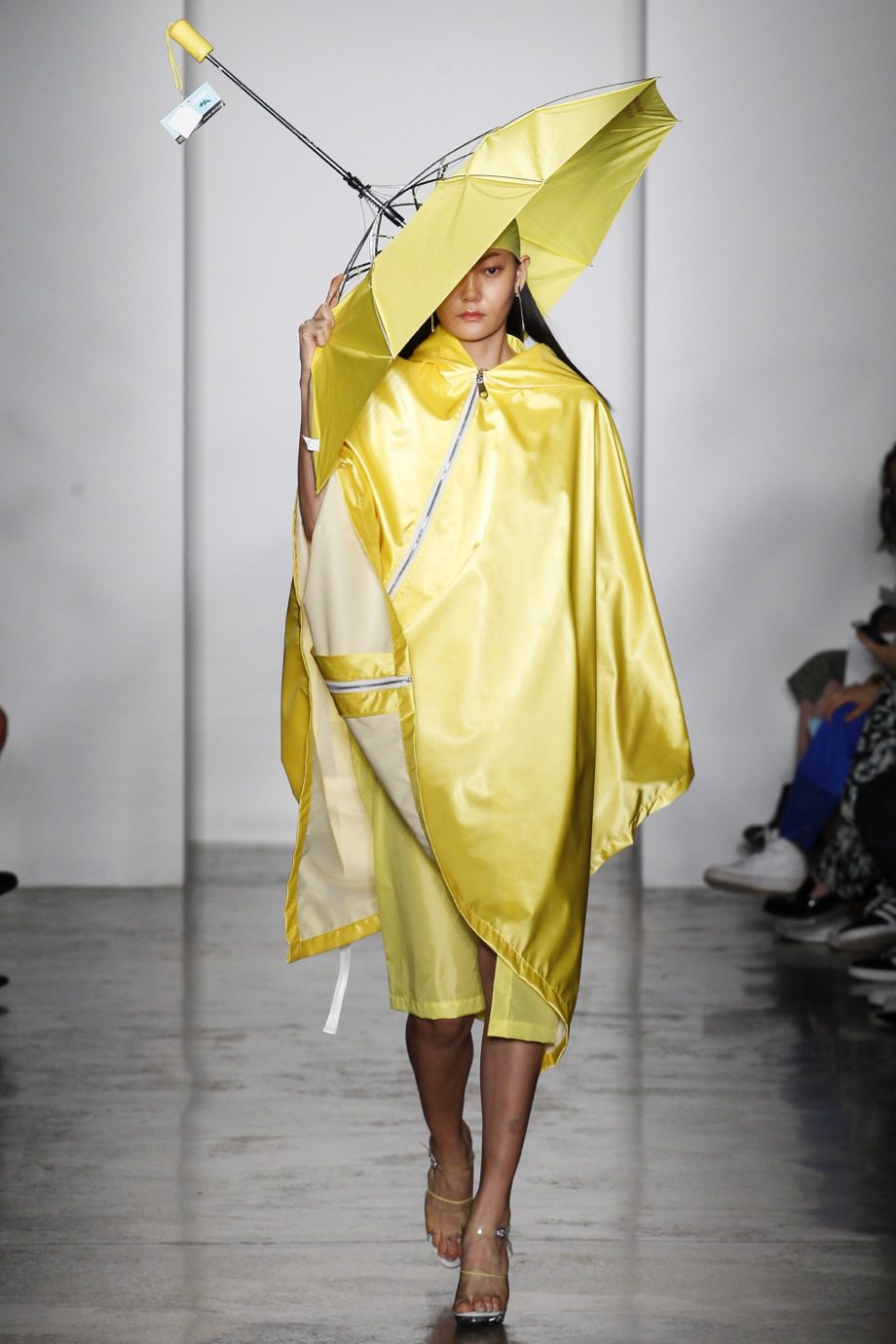Despite growing up wanting to be an architect, it was in the fantastical world of fashion that the Cambridge-raised stylist found her calling. After apprenticeships under the inimitable Katy England and Alister Mackie, Ellie was made Fashion Editor of menswear style bible Another Man, a role she has enjoyed ever since. We catch up with her over a pineapple, lime, and black pepper juice in Dishoom to talk fashion, freelancing, and how to make it in the creative industry.
“I JUST WANTED TO BE WITH THE MUSIC KIDS AND WEAR BAGGY T-SHIRTS AND NOT BE A PART OF THE WHOLE SEXY THING.”
When did you first become interested in fashion?
I think it was probably when I was 15 and in school. It was through magazines like The Face, Dazed, and i-D, but it wasn’t a conscious decision. It was more, “I like that, and I want it on my wall.” I think 14/15 is the age where you start moulding yourself and getting into music and everything that surrounds it. My dad was really into music and would make me listen to like Pink Floyd and Elvis. I was also listening to bands like Sisters of Mercy, The Birthday Party, PiL and Siouxsie Sioux.
When did you start experiment with your own style?
When I was 16 I moved to sixth form college where you had to wear really smart clothes. It wasn’t really a uniform, but you had to wear a black or navy skirt and a shirt. All the girls would wear really short skirts, but I went long with this floor length skirt that trailed the ground, which I actually got told off for! I just wanted to push the boundaries; it was all I had to rebel against. I also dyed my hair crazy colours, sometimes by accident. I remember I had it blonde for a long time and I tried to dye it red, but it ended up glowing. Then when I left school, it was about experimenting with other silhouettes. I remember wearing jeans for two years and then one day I just stopped and decided, “I’m going to be a girl,” and threw out all my trousers and went back to only wearing skirts.
Was only wearing trousers a deliberate attempt to rebel against what guys think are sexy and what all the other girls were into?
Yeah, definitely. I always wore a lot of black. Everyone would always ask if I was in mourning, but my mum told me that all the best fashion designers wore black. I didn’t even clock it then. I wasn’t trying to be like anyone, it was just what I wanted to wear. It was very much in contrast to all the prissy, chi-chi girls who dressed like they were in Clueless. I guess I just wanted to be with the music kids and wear baggy t-shirts and not be a part of the whole sexy thing.
“SOMETHING THAT MY DAD TOLD ME, WHICH WAS REALLY HELPFUL THAT I STILL TRY TO DO, WAS TO COLLATE A SCRAPBOOK. HE TOLD ME TO CONSUME EVERYTHING I COULD AND THEN TEAR PAGES OUT AND PUT IT DOWN TO SAVE FOR LATER. YOU BUILD THIS VISUAL LIBRARY – THIS WHOLE IDENTITY.”
Has your style evolved with age?
Yes, I never used to wear heels, but I do now. Yes, there are days when I wear baggy t-shirts, but there are also days when I dress smart because I want to look more elegant. There’s always a balance.
When did you know you wanted to be a stylist?
I didn’t know. I left school and I felt really confused. I thought I wanted to do architecture. I took English, Theology and Economics A-Levels.
So, how did you go from Economics to styling?
Most of my friends went on gap years, but I didn’t want to do that so I went to Thailand to teach for a year in a little village. I wanted to see another culture and religion. I grew up in Cambridge, which is really middle class. I just felt that I hadn’t really seen anything. And while I was away people would always say, “Wow, you’re really into fashion.”
Do you think your approach to fashion was more about having an emotive connection to clothes or did you grow up admiring various stylists?
I think I did both. I definitely started out by liking how I dressed and forming a sort of identity through clothes. Then I came back to London and looked at some courses, but I hadn’t done art at school so I couldn’t do a foundation course. Ultimately I found a course, Fashion Communication & Promotion at LCF, which was great as the end result was making a magazine as opposed to a collection. I knew I didn’t want to do fashion design because I couldn’t draw. It made sense because I loved magazines – I loved consuming them. I did the course and learnt about all these people that I’d been aware of like designers, but I wasn’t aware of the stylists. Something that my dad told me, which was really helpful that I still try to do, was to collate a scrapbook. He told me to consume everything I could and then tear pages out and put it down to save for later. You build this visual library – this whole identity.
“I KNOW IT’S REALLY A DYING THING TO LEARN ABOUT HISTORY, BUT FOR ME IT WAS SO IMPORTANT, THE IDEA OF WHO HAS SHAPED WHO.”
Is this when you became more interested in the whole goth scene?
Yeah, this is when I started getting more into music and going to the library. I became more aware of stylists. I think Grace Coddington was the first one. Just the fantasy of what she created was so incredible. That didn’t mean I wanted to go and work for Vogue, it just taught me that you can create all these stories through clothing. It really blew my mind. Then I came across Katy England and Alister Mackie. It’s actually really weird, I remember writing Katy and her assistant’s name down in one of my journals, and I only rediscovered these journals when I started working for Katy. I’m someone who believes in destiny, that you put something out there to the universe and if you want it enough it comes back to you.
What was it about Katy’s work that captivated you?
I remember I saw a shoot she did for Dazed with Nick Knight and Michael Clark. It had this incredible gothic aesthetic, and I just thought, “Wow, this is what I could do.” Then I got really geeky and did loads of research. I know it’s really a dying thing to learn about history, but for me it was so important, the idea of who has shaped who.
It seems that you took more of an intellectual approach to fashion, as opposed to throwing yourself into it and going to all the fashion parties and learning to style on the job.
I struggle with the whole society side of fashion. I never grew up with going to parties; I grew up in a village in Cambridge. When I go to parties now, I’m not greatly social. What’s more natural to me is to go and read a book. I find that other side of it really hard. For me, knowledge about pattern cutting and fabrics is so important as well as the history.
“IT’S IMPORTANT NOT TO TAKE THINGS AT FACE VALUE. FASHION IS ALL ABOUT MANOEUVRING.”
Do you think you have to have a degree to make it in the creative industry?
No, not at all. The degree brought me to London, and made me realise I needed to intern and I did. Because I’m not very social, I knew I wasn’t going to work in PR, but I did an internship anyway just to prove to myself that I didn’t want to do it. I’m really glad that I did it as I understand how PR works, and that’s very important as a stylist. It’s important not to take things at face value. Fashion is all about manoeuvring. University gave me the time to do those things and to explore myself and my identity, but I think it’s hard now. Styling is a trade and you have to learn it by assisting people.
Can you be taught how to style?
You can be taught how to recognize trends and edit clothes. But all the stylists that I still respect are those that have something within themselves. They embody something. They have this fabulous identity that people can recognise in their work. Anyone can sit at a desk and report on trends, but that doesn’t mean they can actually go out there and create these amazing characters. It’s about having a really strong, stubborn conviction. You need to have courage, and the ability to keep going even when you hear no. A lot of people think that fashion is a very easy and stylish life, but it’s not, I work every day, there’s always something to do, whether it’s meeting PRs, going to press shows, catwalk shows, or shoots. You have to love what you do.
How did you get involved with Katy?
I met Katy through a PR. After interning on shoots I realised that styling was what I wanted to pursue. Then this PR told me that Katy was looking for an assistant. I had this whole outfit planned that I thought Katy would like for the interview, I sent my CV off and everything, but she wasn’t even there, it was her assistant whose name I had written down in my journal. I started a trial and they asked me to stay.
“AT SOME POINT YOU NEED TO GO IT ALONE.”
And what about Alister, surely moving to menswear must have been a big change?
I didn’t feel like I was ready to suddenly be a stylist, I felt I had so much more to learn. So I decided that I wanted to assist somebody else. At the time Katy and Alister were signed to the same agency and they asked me to meet him. I was like, “Ooh menswear I don’t know.” But I assisted Alister on a shoot, and it was really funny, we ended up in my car going to all these vintage shops and while we were there he talked to me about assisting him. He joked, “It would probably be really boring for you.” But I found him so funny and smart. The two shoots I worked on with him for Another Manwere so refreshing. It was so creative and raw. We started shooting with artists and it was just so exciting.
How did you eventually make the choice to go from being assistant to a fully-fledged stylist?
At some point you need to go it alone. Both Alister and Katy have always been so incredibly supportive of me as has Hector Castro, who I assisted before Katy. When I made the decision to leave Alister, he gave me a home at Another Man and it has grown from there. Working on menswear for Another Man allows me to do other editorials with womenswear elsewhere. It means I can work for younger magazines, which gives you a greater creative freedom. Also, it’s good to be on trend and to have your work shown in up-and-coming titles.
How easy was that transition?
It was really hard to start with, because you have to change your mindset. I’d worked for five years as an assistant and felt like I was moving into another stage of my life. The change happens organically, but I also moved to my own apartment in Hackney and I’ve made that space a reflection of my style.
Ok, final question, what advice will you give to those who wish to follow in your footsteps?
I would say that if you’re at university, take advantage of those three years: use the library, find your identity, make sure you know it. If you don’t know it, keep trying to find it and basically just be really brave, have conviction, have integrity, and realise that it’s an industry which you’ll be in for 30 years not for five, so it is a long term thing. Try not to rush anything because you have a lot of time ahead of you.
Follow @EllieCumming on Twitter
A special thank you to Dishoom for their hospitality









